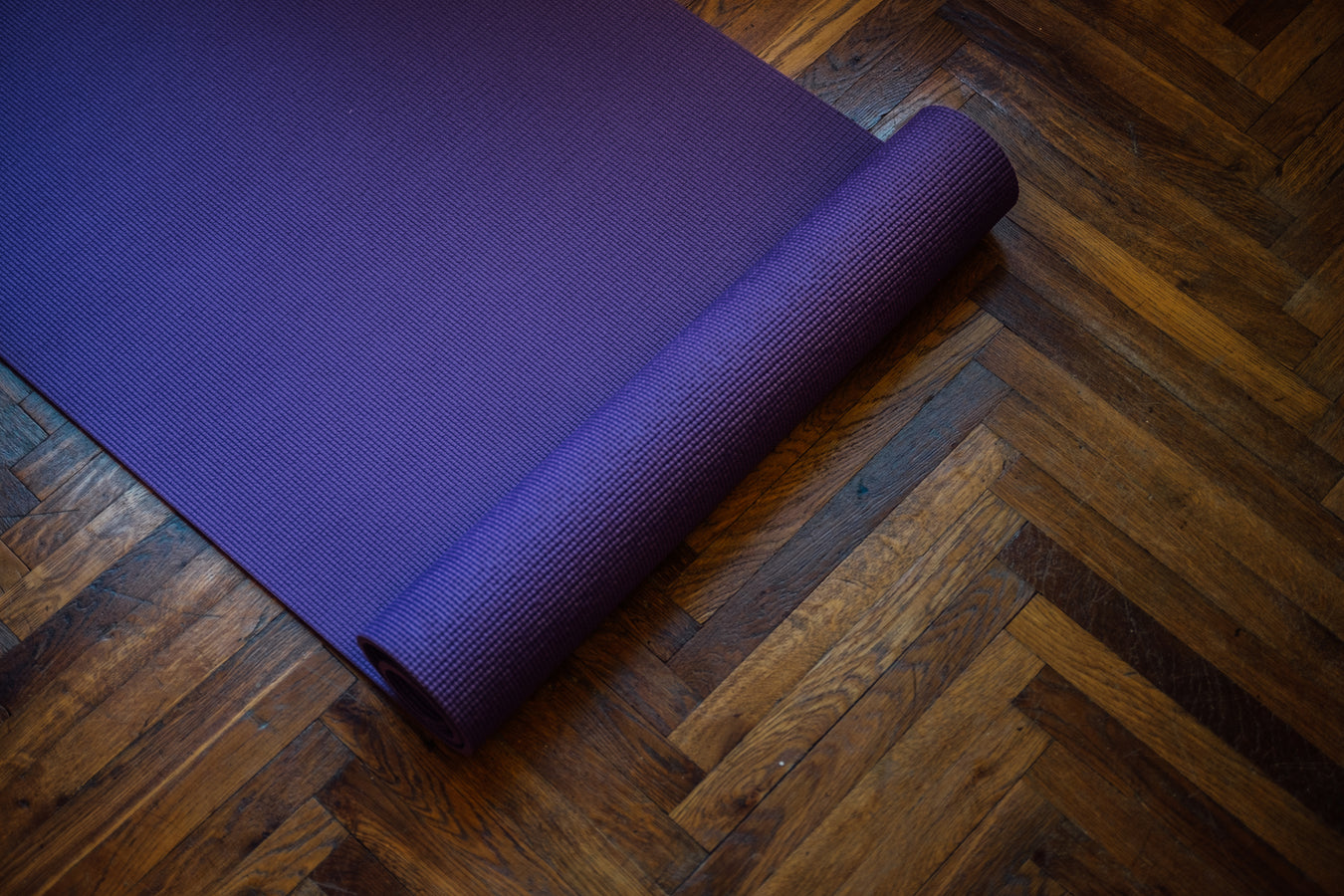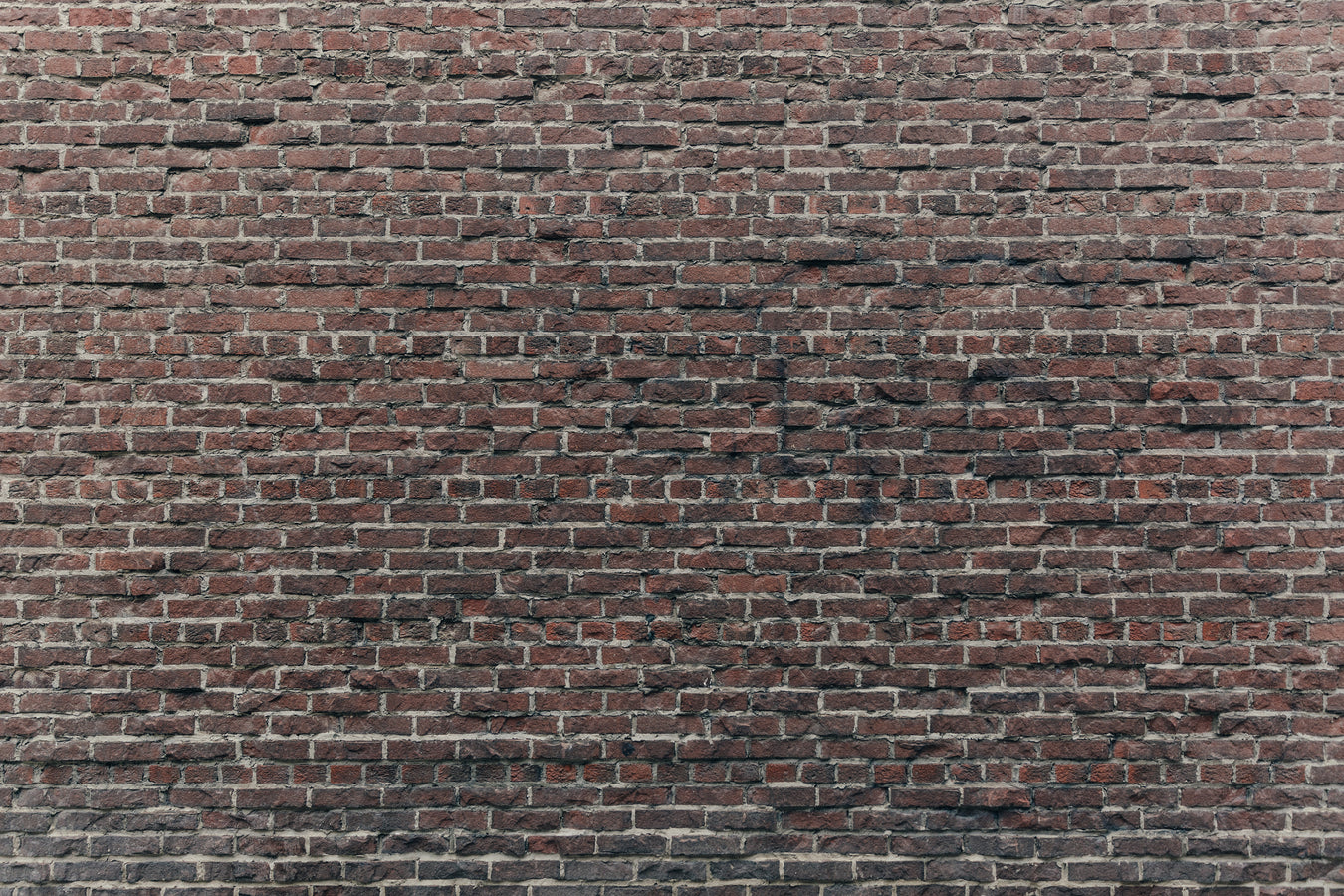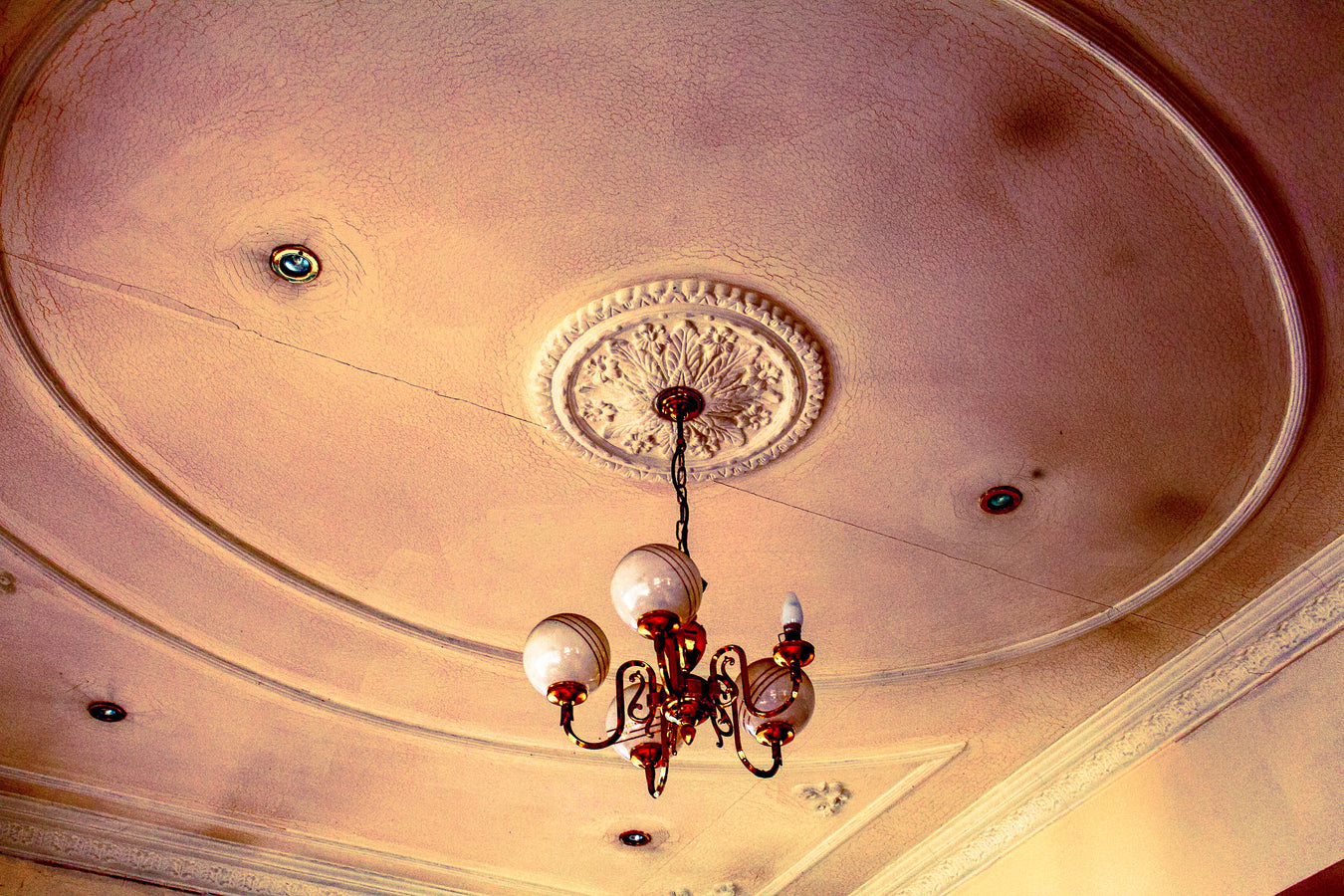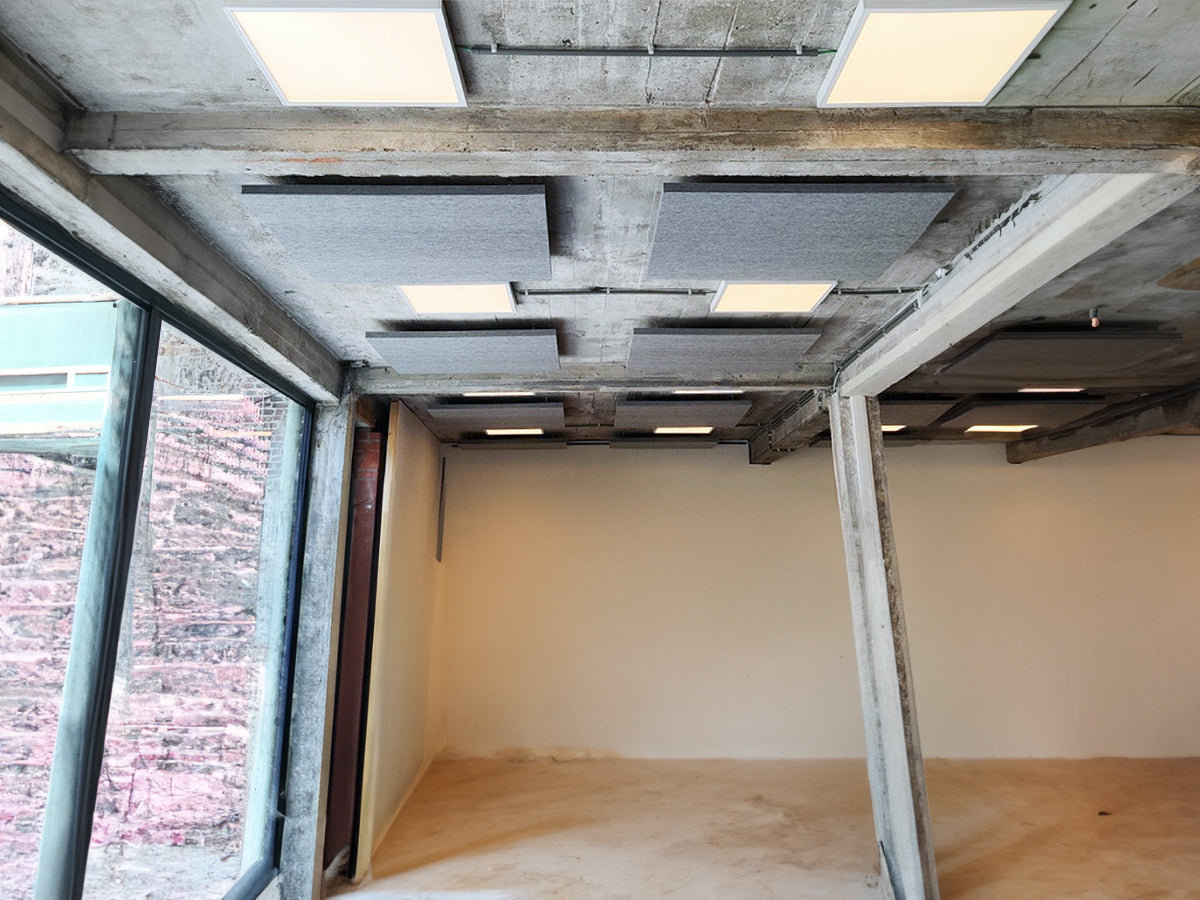How to Soundproof a Floor
Soundproofing a floor can be a straight forward process; even one that a competent DIYer can tackle on their own, but first it is vital to establish what the aim of the soundproofing is to be:
- Prevent sound coming up through the floor from the room below; or
- Prevent the impact noise from people walking on the floor passing down to the room below.
The 'standard' solution of just putting a soft underlay beneath the carpet will have some benefit to number 2, but will have no impact at all on number 1. Usually, people would like a combination of both, which opens up a number of possibilities.
Firstly it is important to understand the different types of noise: airborne and impact. You can get a full explanation on our Science of Soundproofing page, but in summary:
Airborne Noise: This is the sound that you hear in a house which is generated by things like a television, talking, music, and even computer gaming.
Impact Noise: This is the sound generated by impact energy causing a surface, typically a ceiling, but also walls and floors, to vibrate. This kind of sound tends to be much lower frequency and hence tougher to eliminate.
As you will realise, it is airborne noise that will come up from the room below, but impact noise that will travel downwards. The key with the airborne is to put mass and density in the way of the noise, and with the impact to introduce materials that will dampen this. Below we look at examples of the types of products and solutions you might be able to use.
The first thing to decide is which of the following are you able to do:
- Insulate above the floor boards at a cost of room height;
- Insulate between the floor boards which can be disruptive; or
- Insulate both above and below the floor boards.
Obviously the most effective is going to be both above AND below the floor boards, but that is not always possible.
Between the Floor Boards
We would always recommend, if at all possible, that some insulation is put between the floorboards - this is the best and easiest way to stop airborne sound travelling in either direction. A good quality acoustic mineral wool is ideal for this. This is best combined with an above the floor insulation to give an excellent all round package.
Above the Floorboards
The biggest challenge with insulating above the floorboards is that you will lose room height as a result of making the floor higher. How much room you lose is purely down to the solution you choose.
Whilst most above floor solutions focus on reducing impact sound, there are ways to get some airborne noise protection too. One of the most effective is to use a layer of mass-loaded vinyl directly above the floorboard - this is a thin, but dense, layer that makes a big difference. We recommend the Tecsound range of products for this.
One of the most DIYable solutions is to use a specialist card and silicon soundproofing board, like our SBx Boards - not only do they have great impact sound absorption, but the silicon granules provide mass to suppress airborne noise too.
There are a number of rubber based solutions: our Soundstop 6mm Acoustic Mat is incredible value and will greatly reduce the impact noise - especially with laminate and engineered wood floors. If you can afford to lose a bit more room height, then a 3-ply acoustic flooring like our Absorbalay will give you excellent impact resistance, along with significant airborne reduction.
Replace the Floorboards
The final category of options is to replace your current floor with one specifically designed to improve sound insulation properties of a floor. Whilst this might sound a rather drastic approach, it can overall sometimes be the most cost effective solution, especially if you need to meet the requirements of Part e of the Building Regulations.
A floating floor solutions aims to combine some of the best bits of above and below floor solutions to provide mass and impact resistance to the floor. We offer the Floating Floor range of products for this as it is the market leader, and loved by architects - for good reason, it gives excellent performance.
Conclusion
When looking at soundproofing a floor, you have a lot of options. Our floor soundproofing solutions page aims to walk you through these, and help you select the best option. But we are always happy to speak to you if you need further help, or just want to chat through the possibilities. Give us a phone or drop us an email! And ask us for our floor soundproofing guide.




